ARTICLE
Wiele & Klein Studio
One of the largest commercial photographic studios in colonial South India, Wiele & Klein was a renowned producer of picture postcards, cabinet cards and stereographs. The studio is known to have been founded in 1882 at Mount Road, Madras (now Chennai) by German photographers EFH Wiele and Theodore Klein. During its heyday in the 1890s, Wiele & Klein won a number of awards and was the official photographer of the Governor of Madras. While the studio was a European enterprise, records show that a number of Indian photographers were employed as studio assistants.
In its early years, the studio produced photographs as albumen silver prints, the most common print medium among photographers at the time. However, these were also vulnerable to deterioration over time, and by 1904 the studio had shifted completely to gelatin silver prints, a newer and more robust medium. Along with other reputed photographic studios, Wiele & Klein was employed to document some major events of that period. These include the wedding ceremony of the Maharaja of Mysore, Krishna Raja Wadiyar IV (r. 1894–1940), which took place alongside that of his younger sister Princess Cheluvajammani, in June 1900; the Delhi Durbar of 1902–03 in celebration of the coronation of King Edward VII and Queen Alexandra; and the visit of the Prince and Princess of Wales to India in 1905–06.
Both Wiele and Klein extensively engaged in street and landscape photography across southern India, as well as in places in the north, such as Varanasi, Delhi and Agra, and as far east as Burma (now Myanmar). These photographs were used in the studio’s highly successful picture postcards, released in sets from 1904 onwards. As is evident from their advertisement posters, Wiele & Klein also produced cabinet cards, studio portraits and lithographs; compiled albums; stored negatives; hand painted photographs; and enlarged and engraved these.
Wiele & Klein had branches at Government House Road, Ootacamund (now Ooty) and in Coonoor, in present-day Tamil Nadu. In 1908, Wiele set up his own studio at South Parade, Bangalore (now Bengaluru) but this did not sever the partnership and the original Wiele & Klein studios continued to operate. Following either the retirement or death of Theodore Klein in 1928, the studio was renamed after his wife, Valeska Klein. In 1929, Valeska Klein entered into a partnership with Michael Peyerl and the studio’s name was changed to Klein & Peyerl, remaining headquartered in Madras. Following the removal of German ownership in businesses during the Second World War, the studio was acquired by a former employee from Kerala, John Vetteth. The name Klein & Peyerl remained unchanged, however, and the studio continued to work with lithographs until the early 1990s.
At the time of writing, seventy-eight photographs produced by Wiele & Klein are stored in the Asia, Pacific and Africa Collections of the British Library (London) while the Museum of Ethnography in Heidelberg houses approximately five hundred silver gelatin prints and magic lantern slides. More than fifteen hundred original glass plate photographs taken by Wiele & Klein and Klein & Peyerl are part of the collection of Vintage Vignettes (Chennai), which is the largest extant archive of their works.
Bibliography
Bautze, Joachim K. “Wiele & Klein, Madras.” Indo-Asiatische Zeitschrift 12 (2008): 89–103. Accessed August 21, 2023. https://www.academia.edu/38179045/Wiele_and_Klein_Madras.
Iyengar, Pushpa. “Chennai Corner.” Outlook India, Last updated February 03, 2022. Accessed August 21, 2023. https://www.outlookindia.com/website/story/chennai-corner/238144.
Stevenson, Emily, and Stephen Putnam Hughes. “From Madras to Bangalore.” Frontline, September 14, 2018. Accessed August 21, 2023. https://frontline.thehindu.com/arts-and-culture/heritage/article24781524.ece.
Stevenson, Emily, and Stephen Putnam Hughes. “South India Addresses the World: Postcards, Circulation, and Empire.” Trans Asia Photography 9, no. 2 (Spring 2019). https://read.dukeupress.edu/trans-asia-photography/article/doi/10.1215/215820251_9-2-208/312809/South-India-Addresses-the-World-Postcards.





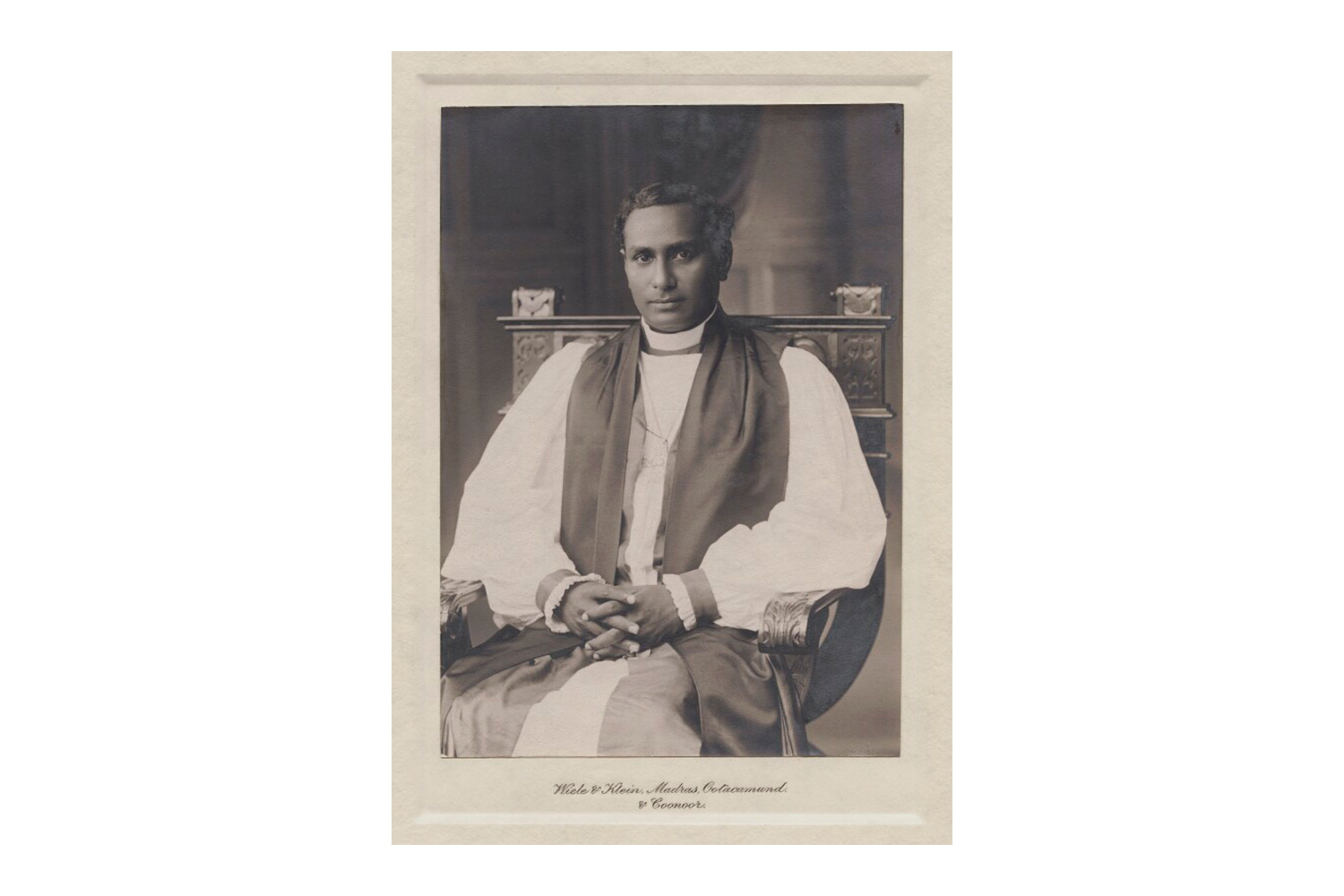
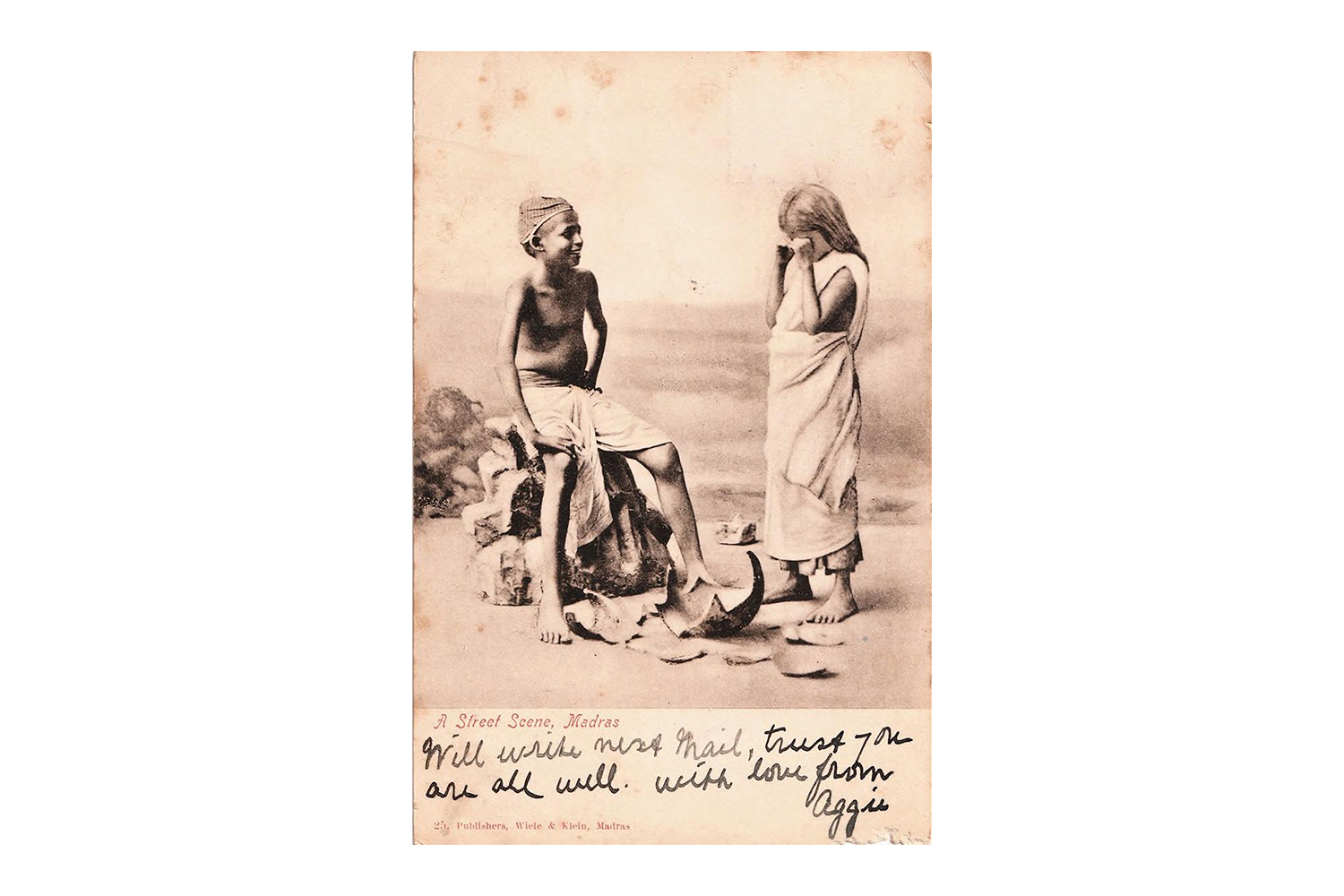
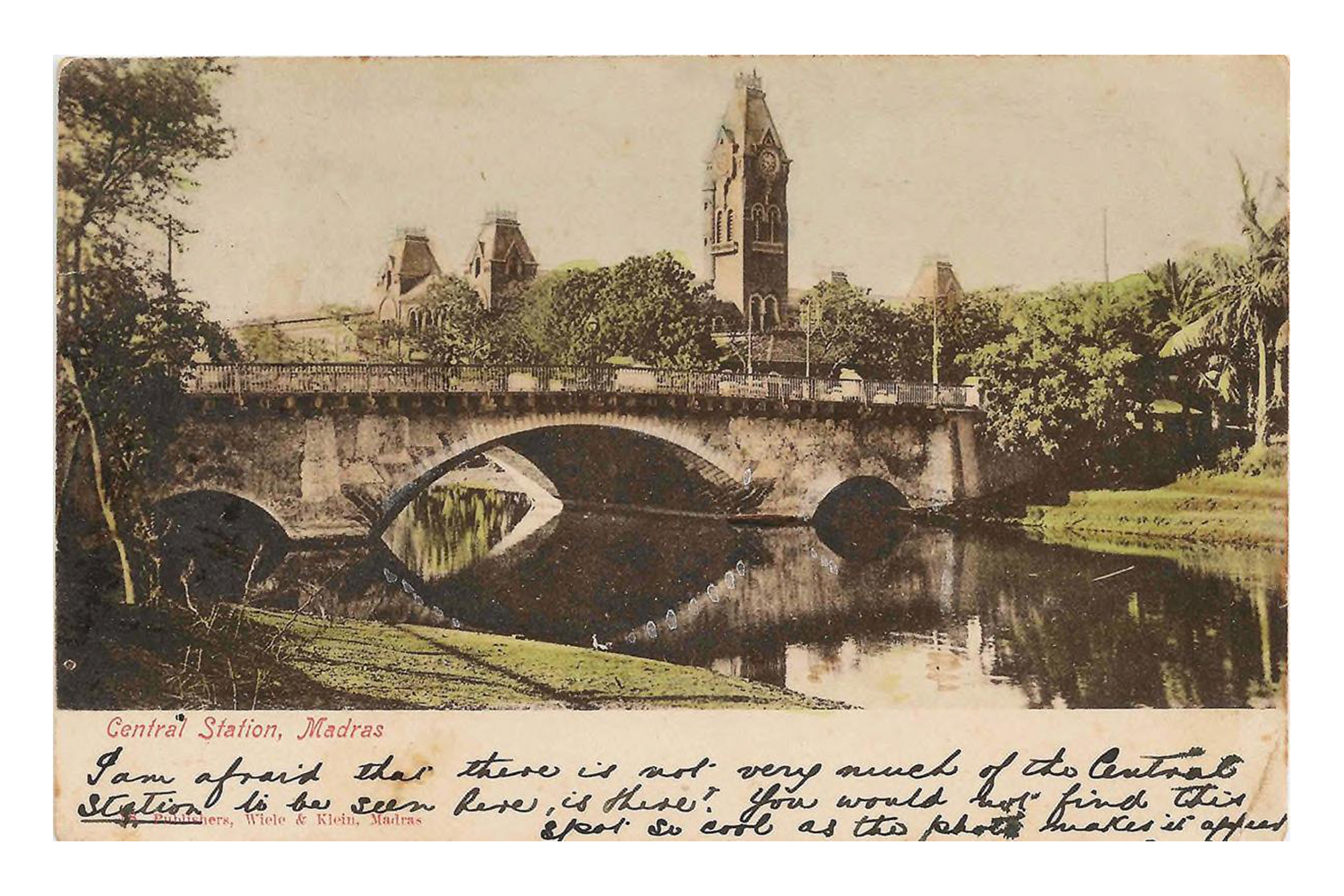
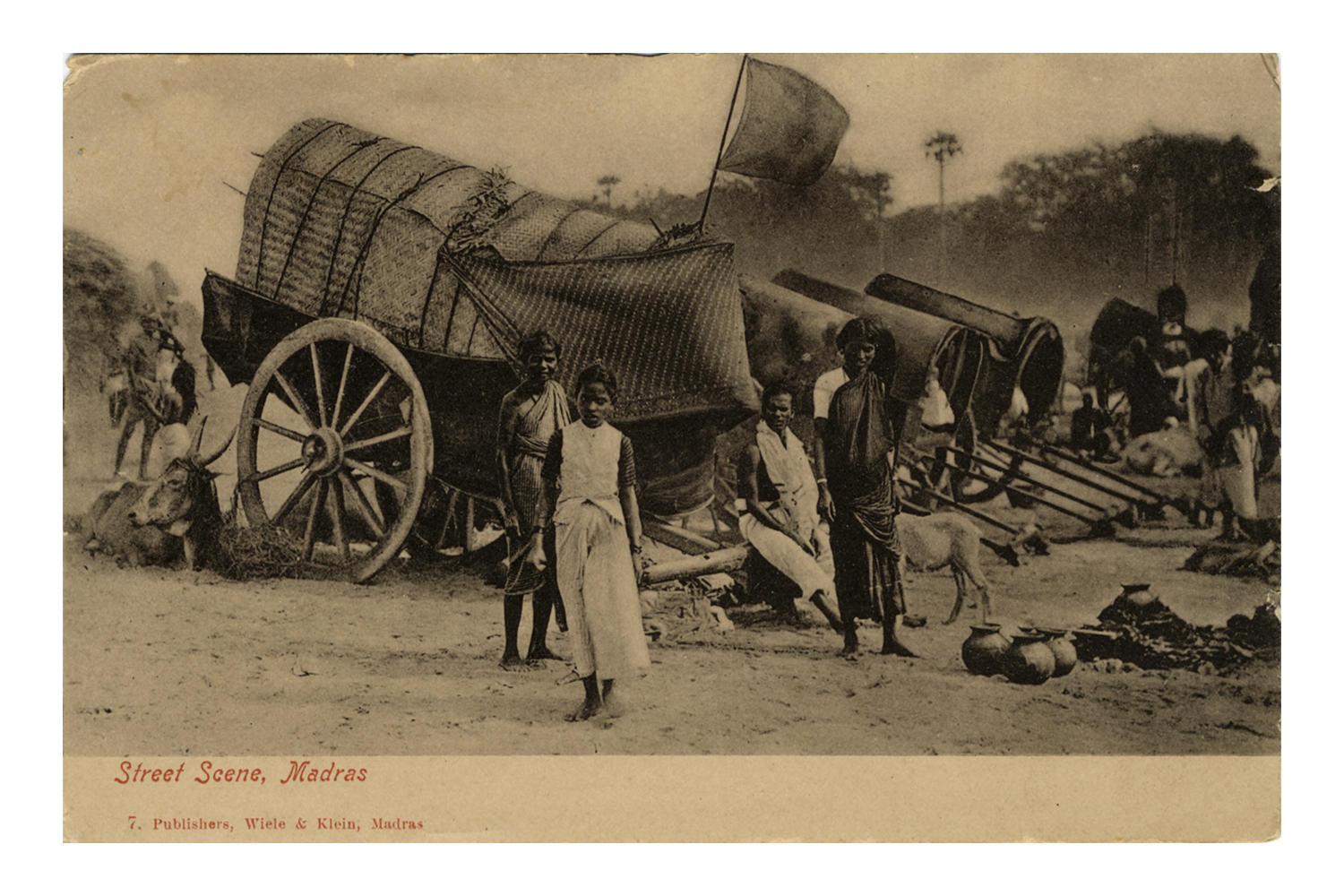
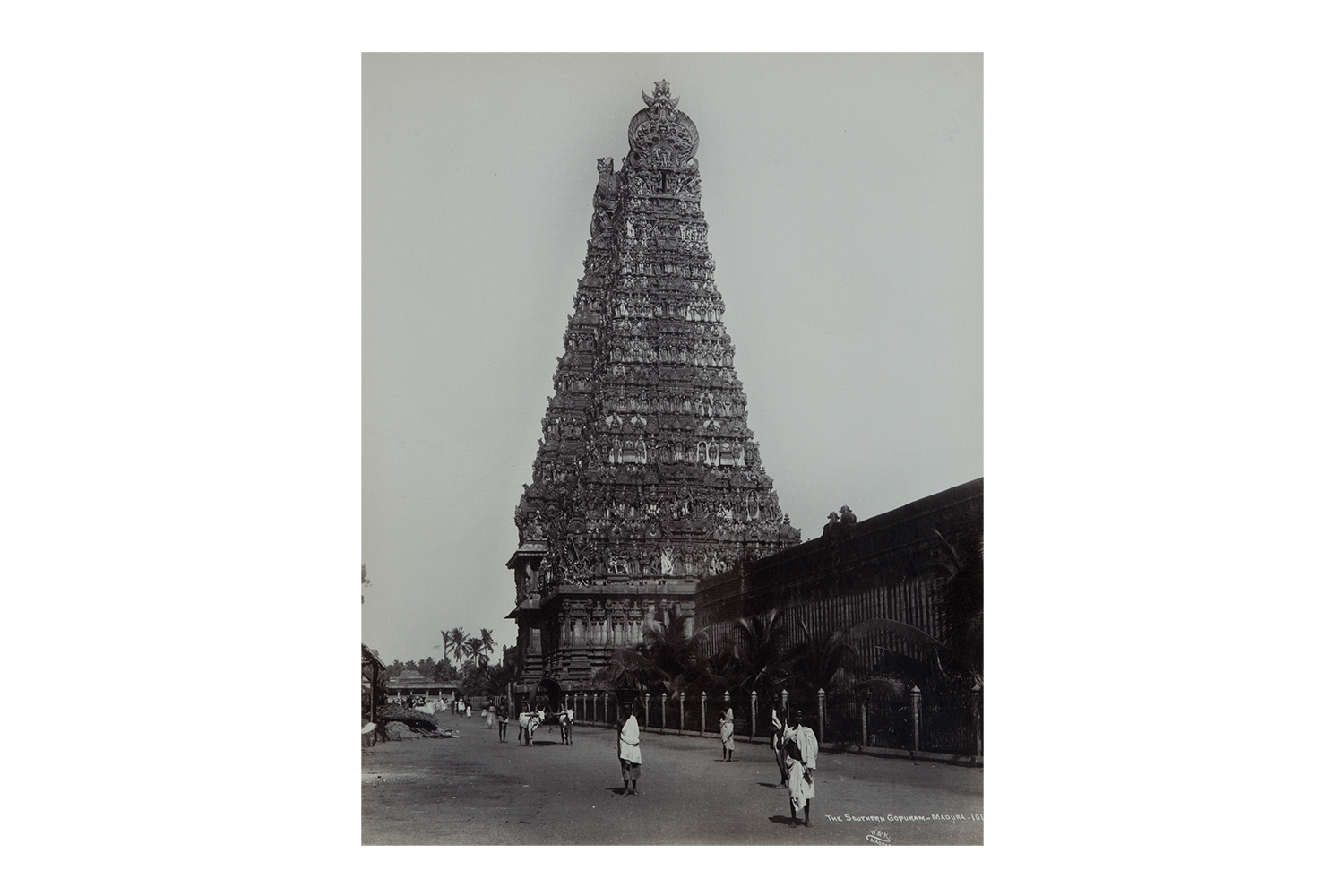
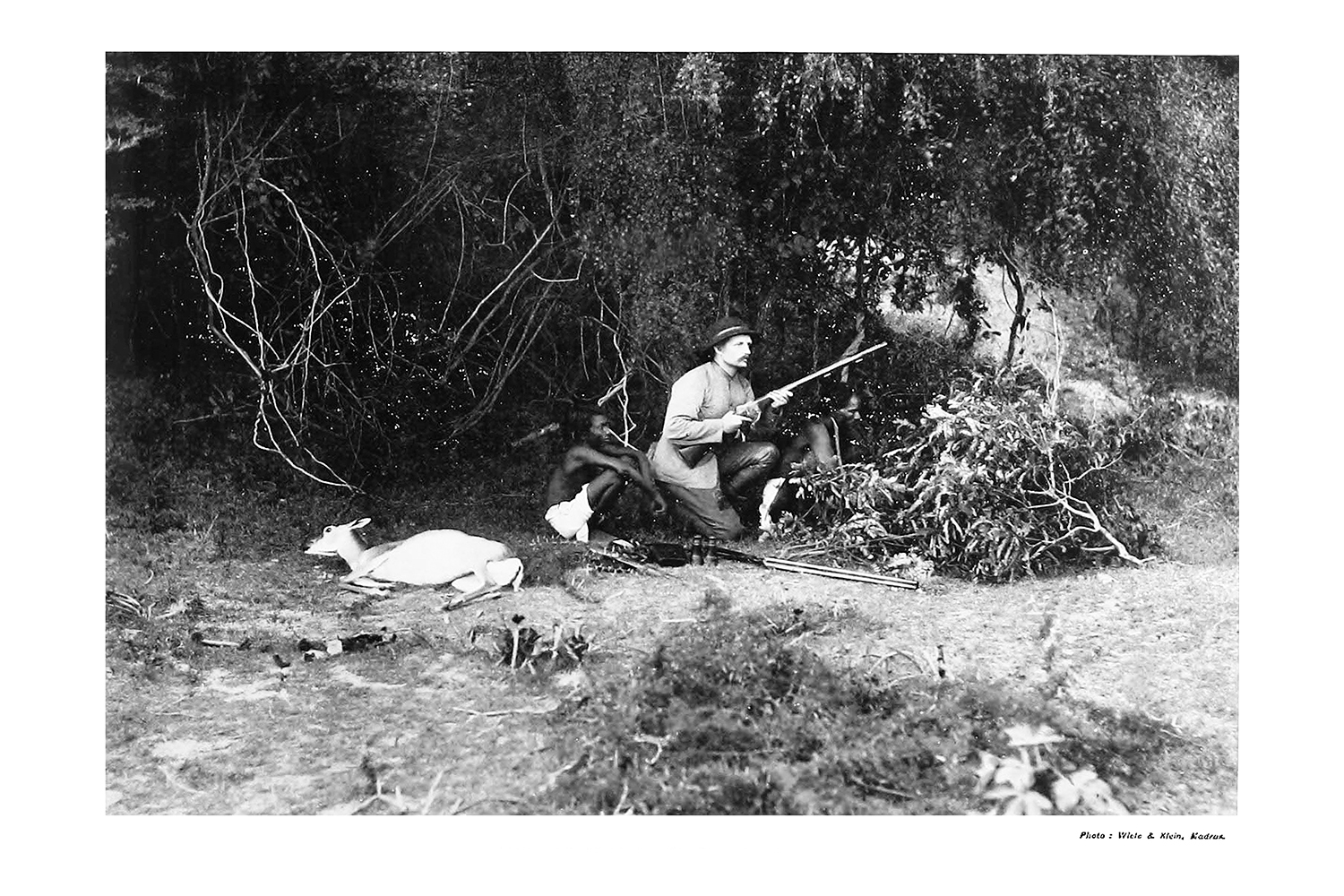
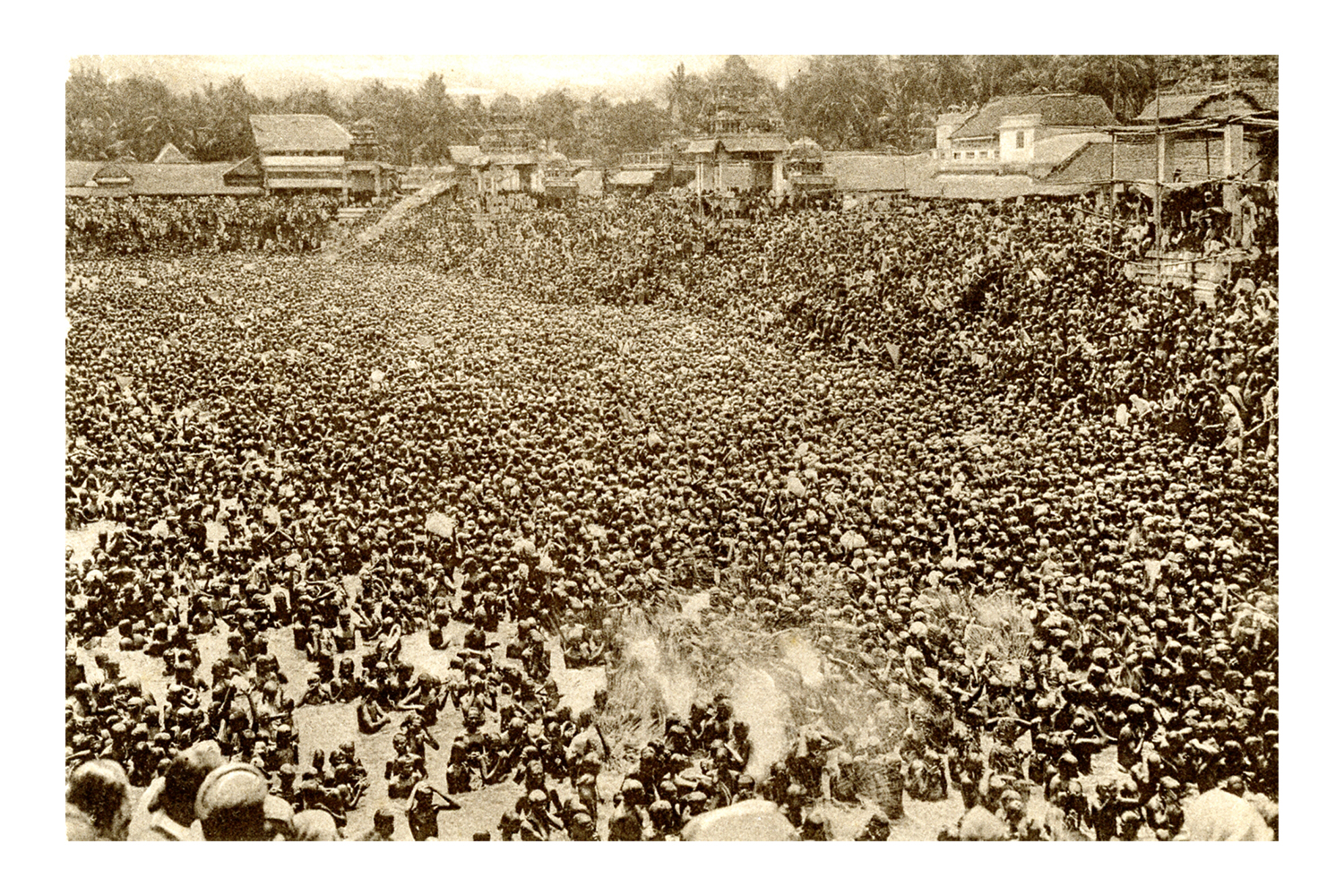

![The façade of the Maneckji Seth Agiary, a Zoroastrian fire temple, is a standout example of the popularity of the Persian Revival Style in Western India in the 19th and 20th centuries. This style was often seen in the architectural patronage of the Parsis, who emerged as one of the most influential mercantile communities of British India. Popular motifs of this style, like the mythical lamasus (winged bulls with human heads) and the faravahar (a winged guardian spirit in Zoroastrianism), drew on the historical art and architecture of the Achaemenid and Sasanian empires from sites like Persepolis, Bisotun, Taq-e Bostan, Naqsh-e Rostam and Naqsh-e Rajab in Persia.
The Parsi community’s adoption of this style occurred largely due to their networks of global commerce and politics, allowing them to access and translate research of ancient Persia into visible symbols that underlined their association with antiquity, imperial power, and art.
نمای آتشکدهی زرتشتی مانِکجی سِت نمونهی بارزی از رواج سبک «احیای [معماری] ایرانی» در غرب هند طی سدههای نوزدهم و بیستم است. این سبک غالباً در بناهایی دیده میشد که پارسیان، از بانفوذترین جوامع بازرگان در هند بریتانیا، بانیشان بودند. نقشمایههای محبوب این سبک، مانند گاو بالدار اساطیری (لاماسو) و فَروَهَر (روح بالدار نگهبان در دین زرتشت)، برگرفته از هنر و معماری شاهنشاهی هخامنشی و ساسانی، در جاهایی چون تخت جمشید و بیستون و طاق بستان و نقش رستم و نقش رجب، بود.
اقتباس جامعهی پارسیان از این سبک بسیار مرهون روابط گستردهی تجاری و سیاسی آنها بود که دسترس به پژوهشها دربارهی ایران باستان و برگردانیدن آنها به نمادهای بصری را ممکن میکرد و بر پیوند پارسیان با دوران باستان و قدرت شاهنشاهی و هنر تأکید میکرد.](https://mapacademy.io/wp-content/plugins/instagram-feed/img/placeholder.png)
